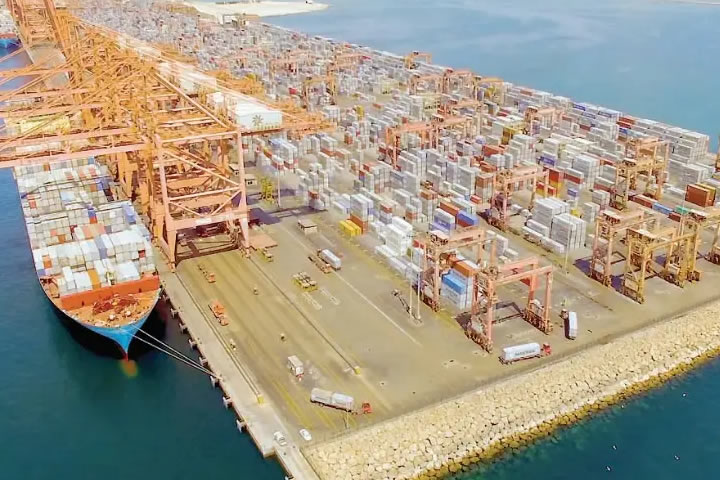At three o'clock in the morning, the sand and dust alarm sounded for the seventh time at the Port of Salalah in Oman. In the photovoltaic panel packaging workshop, project manager Fahad stared at the equipment parameters on the monitoring screen, and the yellow warning light cast his shadow on the glass window covered with gravel. Three weeks ago, there were boxes of solar panels scrapped due to sand and dust pollution, but at this moment, the production line is spitting out well-packaged products at a rate of 12 pieces per minute-the turning point began with the cooperation with the ply-pack factory three months ago.
"When sand penetrates the seams of the packaging film, it will scratch the photovoltaic panel coating like a blade." Fahd said while stroking the first batch of damaged samples. Traditional packaging equipment is like a sieve in a sandstorm. Even with a dust cover, there is still a 5% dust intrusion rate. During the on-site investigation, the ply-pack technical team used a laser particle size analyzer to capture amazing data: among the suspended sand and dust in the workshop, particles with a particle size of less than 10μm accounted for as high as 63%. These "invisible killers" can penetrate most sealing structures.
Dynamic sealing technology showed its edge at this moment. The engineering team dismantled the transmission module of the original equipment and implanted air pressure sensing devices at 12 key points such as slide rails and bearings. When the dust concentration exceeds the standard, the equipment automatically activates the three-level protection: first, the elastic silicone sealing ring expands 0.8mm to fill the mechanical gap; then the positive pressure airflow is started to flush the cavity; finally, the escaped particles are captured by the nano-electrostatic filter. Fahd clearly remembers the scene of the first joint test: "The moment the sand and dust simulator was turned on, the equipment was like a clam closing its shell, and even the trajectory of air flow in the surveillance camera became extremely clear."

The production line transformation involved the coordinated efforts of 23 suppliers. The Turkish special rubber factory prepared a wear-resistant formula overnight to extend the life of the seal ring to 8,000 hours; the sensor manufacturer in Shenzhen, China optimized the dust recognition algorithm, and the misjudgment rate dropped from 7.3% to 0.8%. What amazed Fahd the most was the dynamic adjustment module - the equipment could identify the level of sandstorms and automatically switch to energy-saving mode when there was light pollution, saving up to 240 kWh of electricity per day.
Now when you walk into the packaging workshop, your fingertips run across the encapsulation seams of the finished photovoltaic panels, and the touch feels like touching polished marble. Workers no longer need to spend 3 hours a day cleaning the sand accumulated on the equipment, instead they perform preventive maintenance once a week. Fahd pointed to the real-time data on the control screen and smiled: "In the past, the red color here was the dust concentration alarm, and now the green curve represents the promise of zero dust penetration."
The success of this project is triggering a chain reaction in the Middle East. The Omani Ministry of Industry has included it in the "Recommended List of Extreme Environment Manufacturing Equipment", and a Kuwaiti petrochemical group has sent an inspection team to contact it. The research and development log of the ply-pack factory shows that the new generation of dynamic sealing technology is integrating meteorological big data, and in the future it can predict the path of sandstorms 6 hours in advance, giving packaging equipment the protection ability of "prophet".
In the twilight, 20 packaging equipment printed with the ply-pack logo are still running. Outside the workshop, the crackling sound of gravel hitting the metal exterior wall is still there, but Fahd knows that the invisible sealing line of defense has completely turned the tide.

